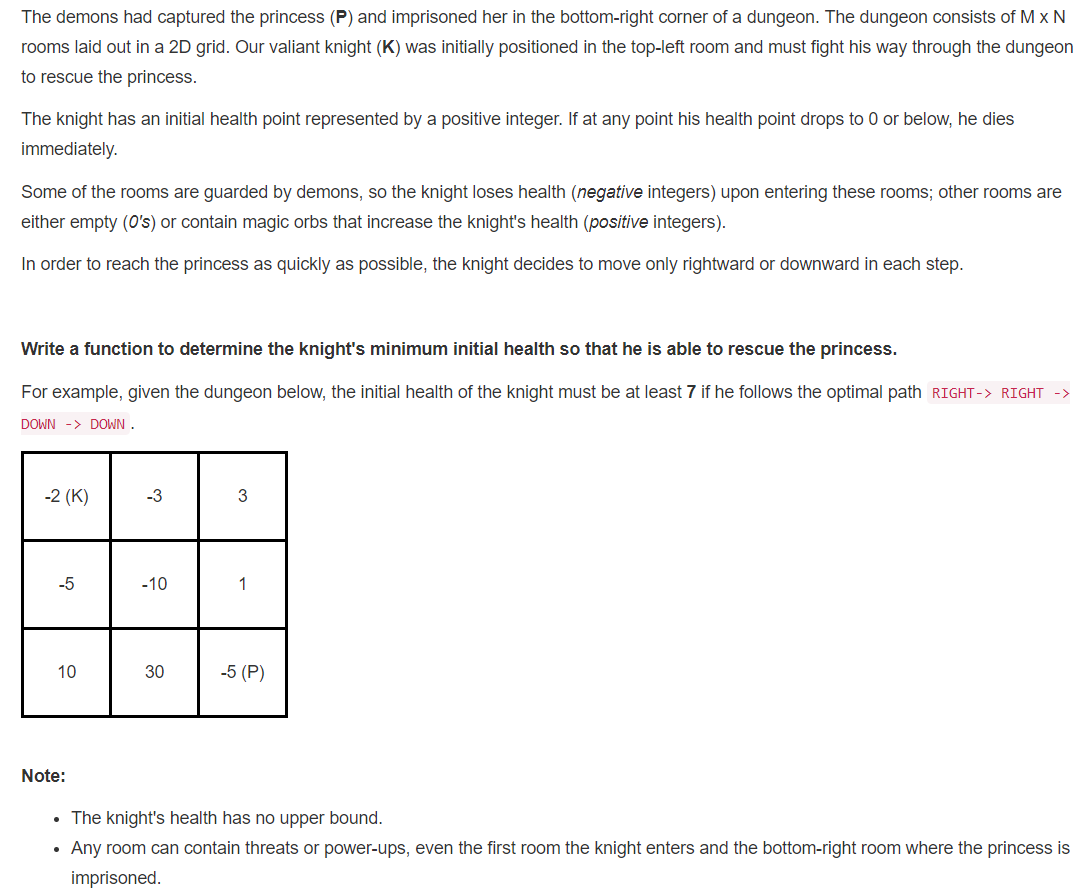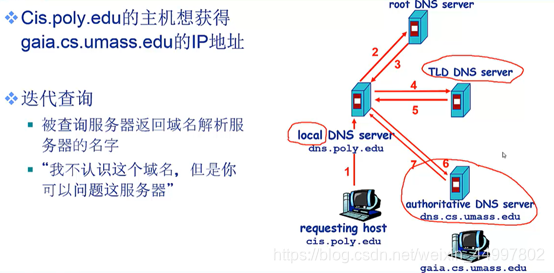Before moving on to the more advanced aspects of monads, let’s recapitulate what defines a monad (see part 1 and part 2 for explanations):
- A data structure that represents the result of a computation, or the computation itself. We haven’t seen an example of the latter case yet, but it will come soon.
- A function
m-resultthat converts an arbitrary value to a monadic data structure equivalent to that value. - A function
m-bindthat binds the result of a computation, represented by the monadic data structure, to a name (using a function of one argument) to make it available in the following computational step.
Taking the sequence monad as an example, the data structure is the sequence, representing the outcome of a non-deterministic computation, m-result is the function list, which converts any value into a list containing just that value, and m-bindis a function that executes the remaining steps once for each element in a sequence, and removes one level of nesting in the result.
The three ingredients above are what defines a monad, under the condition that the three monad laws are respected. Some monads have two additional definitions that make it possible to perform additional operations. These two definitions have the names m-zero and m-plus. m-zero represents a special monadic value that corresponds to a computation with no result. One example is nil in the maybe monad, which typically represents a failure of some kind. Another example is the empty sequence in the sequence monad. The identity monad is an example of a monad that has no m-zero.
m-plus is a function that combines the results of two or more computations into a single one. For the sequence monad, it is the concatenation of several sequences. For the maybe monad, it is a function that returns the first of its arguments that is not nil.
There is a condition that has to be satisfied by the definitions of m-zero and m-plus for any monad:
(= (m-plus m-zero monadic-expression)(m-plus monadic-expression m-zero)monadic-expression)
In words, combining m-zero with any monadic expression must yield the same expression. You can easily verify that this is true for the two examples (maybe and sequence) given above.
One benefit of having an m-zero in a monad is the possibility to use conditions. In the first part, I promised to return to the :when clauses in Clojure’s for forms, and now the time has come to discuss them. A simple example is
(for [a (range 5):when (odd? a)](* 2 a))
The same construction is possible with domonad:
(domonad sequence[a (range 5):when (odd? a)](* 2 a))
Recall that domonad is a macro that translates a let-like syntax into a chain of calls to m-bind ending in a call to m-result. The clause a (range 5) becomes
(m-bind (range 5) (fn [a] remaining-steps))
where remaining-steps is the transformation of the rest of the domonad form. A :when clause is of course treated specially, it becomes
(if predicate remaining-steps m-zero)
Our small example thus expands to
(m-bind (range 5) (fn [a](if (odd? a) (m-result (* 2 a)) m-zero)))
Inserting the definitions of m-bind, m-result, and m-zero, we finally get
(apply concat (map (fn [a](if (odd? a) (list (* 2 a)) (list))) (range 5)))
The result of map is a sequence of lists that have zero or one elements: zero for even values (the value of m-zero) and one for odd values (produced by m-result). concatmakes a single flat list out of this, which contains only the elements that satisfy the :when clause.
As for m-plus, it is in practice used mostly with the maybe and sequence monads, or with variations of them. A typical use would be a search algorithm (think of a parser, a regular expression search, a database query) that can succeed (with one or more results) or fail (no results). m-plus would then be used to pursue alternative searches and combine the results into one (sequence monad), or to continue searching until a result is found (maybe monad). Note that it is perfectly possible in principle to have a monad with an m-zero but no m-plus, though in all common cases an m-plus can be defined as well if an m-zero is known.
After this bit of theory, let’s get acquainted with more monads. In the beginning of this part, I mentioned that the data structure used in a monad does not always represent the result(s) of a computational step, but sometimes the computation itself. An example of such a monad is the state monad, whose data structure is a function.
The state monad’s purpose is to facilitate the implementation of stateful algorithms in a purely functional way. Stateful algorithms are algorithms that require updating some variables. They are of course very common in imperative languages, but not compatible with the basic principle of pure functional programs which should not have mutable data structures. One way to simulate state changes while remaining purely functional is to have a special data item (in Clojure that would typically be a map) that stores the current values of all mutable variables that the algorithm refers to. A function that in an imperative program would modify a variable now takes the current state as an additional input argument and returns an updated state along with its usual result. The changing state thus becomes explicit in the form of a data item that is passed from function to function as the algorithm’s execution progresses. The state monad is a way to hide the state-passing behind the scenes and write an algorithm in an imperative style that consults and modifies the state.
The state monad differs from the monads that we have seen before in that its data structure is a function. This is thus a case of a monad whose data structure represents not the result of a computation, but the computation itself. A state monad value is a function that takes a single argument, the current state of the computation, and returns a vector of length two containing the result of the computation and the updated state after the computation. In practice, these functions are typically closures, and what you use in your program code are functions that create these closures. Such state-monad-value-generating functions are the equivalent of statements in imperative languages. As you will see, the state monad allows you to compose such functions in a way that makes your code look perfectly imperative, even though it is still purely functional!
Let’s start with a simple but frequent situation: the state that your code deals with takes the form of a map. You may consider that map to be a namespace in an imperative languages, with each key defining a variable. Two basic operations are reading the value of a variable, and modifying that value. They are already provided in the Clojure monad library, but I will show them here anyway because they make nice examples.
First, we look at fetch-val, which retrieves the value of a variable:
(defn fetch-val [key](fn [s][(key s) s]))
Here we have a simple state-monad-value-generating function. It returns a function of a state variable s which, when executed, returns a vector of the return value and the new state. The return value is the value corresponding to the key in the map that is the state value. The new state is just the old one – a lookup should not change the state of course.
Next, let’s look at set-val, which modifies the value of a variable and returns the previous value:
(defn set-val [key val](fn [s](let [old-val (get s key)new-s (assoc s key val)][old-val new-s])))
The pattern is the same again: set-val returns a function of state s that, when executed, returns the old value of the variable plus an updated state map in which the new value is the given one.
With these two ingredients, we can start composing statements. Let’s define a statement that copies the value of one variable into another one and returns the previous value of the modified variable:
(defn copy-val [from to](domonad state-m[from-val (fetch-val from)old-to-val (set-val to from-val)]old-to-val))
What is the result of copy-val? A state-monad value, of course: a function of a state variable s that, when executed, returns the old value of variable to plus the state in which the copy has taken place. Let’s try it out:
(let [initial-state {:a 1 :b 2}computation (copy-val :b :a)[result final-state] (computation initial-state)]final-state)We get {:a 2, :b 2}, as expected. But how does it work? To understand the state monad, we need to look at its definitions for m-result and m-bind, of course.
First, m-result, which does not contain any surprises: it returns a function of a state variable s that, when executed, returns the result value v and the unchanged state s:
(defn m-result [v] (fn [s] [v s]))
The definition of m-bind is more interesting:
(defn m-bind [mv f](fn [s](let [[v ss] (mv s)]((f v) ss))))
Obviously, it returns a function of a state variable s. When that function is executed, it first runs the computation described by mv (the first ‘statement’ in the chain set up by m-bind) by applying it to the state s. The return value is decomposed into result v and new state ss. The result of the first step, v, is injected into the rest of the computation by calling f on it (like for the other m-bind functions that we have seen). The result of that call is of course another state-monad value, and thus a function of a state variable. When we are inside our (fn [s] ...), we are already at the execution stage, so we have to call that function on the state ss, the one that resulted from the execution of the first computational step.
The state monad is one of the most basic monads, of which many variants are in use. Usually such a variant adds something to m-bind that is specific to the kind of state being handled. An example is the the stream monad in clojure.contrib.stream-utils. (NOTE: the stream monad has not been migrated to the new Clojure contrib library set.) Its state describes a stream of data items, and the m-bind function checks for invalid values and for the end-of-stream condition in addition to what the basicm-bind of the state monad does.
A variant of the state monad that is so frequently used that has itself become one of the standard monads is the writer monad. Its state is an accumulator (any type implementing th e protocol writer-monad-protocol, for example strings, lists, vectors, and sets), to which computations can add something by calling the function write. The name comes from a particularly popular application: logging. Take a basic computation in the identity monad, for example (remember that the identity monad is just Clojure’s built-in let). Now assume you want to add a protocol of the computation in the form of a list or a string that accumulates information about the progress of the computation. Just change the identity monad to the writer monad, and add calls to write where required!
Here is a concrete example: the well-known Fibonacci function in its most straightforward (and most inefficient) implementation:
(defn fib [n](if (< n 2)n(let [n1 (dec n)n2 (dec n1)](+ (fib n1) (fib n2)))))
Let’s add some protocol of the computation in order to see which calls are made to arrive at the final result. First, we rewrite the above example a bit to make every computational step explicit:
(defn fib [n](if (< n 2)n(let [n1 (dec n)n2 (dec n1)f1 (fib n1)f2 (fib n2)](+ f1 f2))))
Second, we replace let by domonad and choose the writer monad with a vector accumulator:
(with-monad (writer-m [])(defn fib-trace [n](if (< n 2)(m-result n)(domonad[n1 (m-result (dec n))n2 (m-result (dec n1))f1 (fib-trace n1)_ (write [n1 f1])f2 (fib-trace n2)_ (write [n2 f2])](+ f1 f2)))))
Finally, we run fib-trace and look at the result:
(fib-trace 3) [2 [[1 1] [0 0] [2 1] [1 1]]]
The first element of the return value, 2, is the result of the function fib. The second element is the protocol vector containing the arguments and results of the recursive calls.
Note that it is sufficient to comment out the lines with the calls to write and change the monad to identity-m to obtain a standard fib function with no protocol – try it out for yourself!
Part 4 will show you how to define your own monads by combining monad building blocks called monad transformers. As an illustration, I will explain the probability monad and how it can be used for Bayesian estimates when combined with the maybe-transformer.











